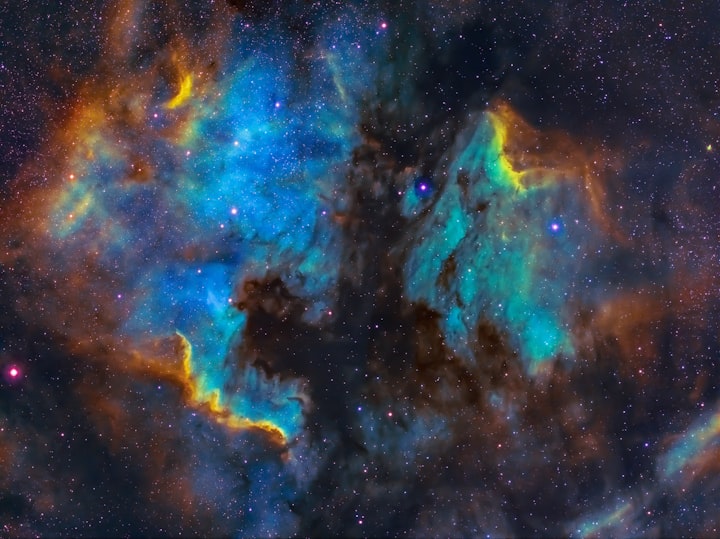"Beyond Our Wildest Dreams: Discovering the Secrets of Space"
Exploring the Unknown: Unveiling the Mysteries of Space Journeying to the Stars: The Wonders of Space Exploration Beyond Imagination: Revealing the Secrets of the Cosmos Space Odyssey: Discovering the Marvels of the Universe Unraveling the Enigma: Unlocking the Secrets of Space The Final Frontier: Unveiling the Secrets of the Cosmos Into the Great Unknown: Discovering the Wonders of Space Beyond Limits: The Incredible Discoveries of Space Exploration The Cosmos Unveiled: Discovering the Secrets of the Universe Journey Through the Stars: Exploring the Secrets of Space

Space has always captivated our imagination and curiosity. It is the final frontier, the great unknown, and the ultimate destination for humanity. From ancient civilizations to modern-day space exploration, we have been fascinated with the mysteries of space and the possibility of discovering new worlds, new life forms, and new technologies.
The quest for space exploration started in the 20th century with the launch of the first artificial satellite, Sputnik 1, by the Soviet Union in 1957. This marked the beginning of the Space Age and the start of a new era of human exploration beyond our planet. Since then, we have achieved remarkable milestones, including sending humans to the Moon, exploring the planets in our solar system, and launching probes to study the universe beyond.
But our exploration of space is far from over. There is still so much to discover, so many secrets to unveil, and so many mysteries to solve. In this article, we will explore some of the exciting developments in space exploration that are taking us beyond our wildest dreams.
Exoplanets: The Search for Other Earths
One of the most fascinating discoveries in recent years has been the detection of exoplanets – planets that orbit stars outside our solar system. This discovery has sparked a renewed interest in the possibility of finding other Earth-like worlds that could potentially support life.
To date, astronomers have discovered thousands of exoplanets, and the numbers continue to grow. Some of these exoplanets are rocky and are located in the habitable zone of their stars, where conditions are just right for liquid water – a crucial ingredient for life as we know it – to exist. These discoveries have raised the tantalizing prospect of finding extraterrestrial life.
NASA's Kepler mission, which launched in 2009, has been instrumental in the search for exoplanets. It has discovered thousands of potential exoplanets by measuring the slight dimming of a star's brightness as a planet passes in front of it. In 2018, NASA's TESS (Transiting Exoplanet Survey Satellite) mission launched, which is expected to discover thousands more exoplanets.
The search for exoplanets is a crucial step in understanding our place in the universe and the possibility of finding other life forms. It is also a crucial step in finding potential new homes for humanity as we look to expand beyond Earth in the future.
Interstellar Travel: Journeying to the Stars
The idea of traveling beyond our solar system to explore the stars has been a dream for centuries. But until recently, it has been purely science fiction. However, recent breakthroughs in propulsion technology, such as the EmDrive and the Laser Propulsion System, have brought interstellar travel closer to reality.
The EmDrive, developed by British engineer Roger Shawyer, uses microwaves to generate thrust, which could potentially allow a spacecraft to reach speeds of up to one million miles per hour. Meanwhile, the Laser Propulsion System, developed by NASA, uses powerful lasers to propel a spacecraft to high speeds. Both of these technologies are still in the experimental phase, but they could pave the way for interstellar travel in the future.
One of the most exciting projects in interstellar travel is the Breakthrough Starshot initiative, launched by Russian billionaire Yuri Milner and physicist Stephen Hawking. The initiative aims to send a fleet of tiny spacecraft, each weighing just a few grams, to the nearest star system, Alpha Centauri, which is 4.37 light-years away. The spacecraft would be propelled by powerful lasers and could reach speeds of up to 20% of the speed of light, allowing them to reach Alpha Centauri in just 20 years.
If successful, the Breakthrough Starshot initiative could open up a new era of interstellar exploration, allowing us to explore the
About the Creator
Munib Malik
Hello. My nme is munib and i love to write i am here for increase your and also my knowledge hope you like my work






Comments
There are no comments for this story
Be the first to respond and start the conversation.